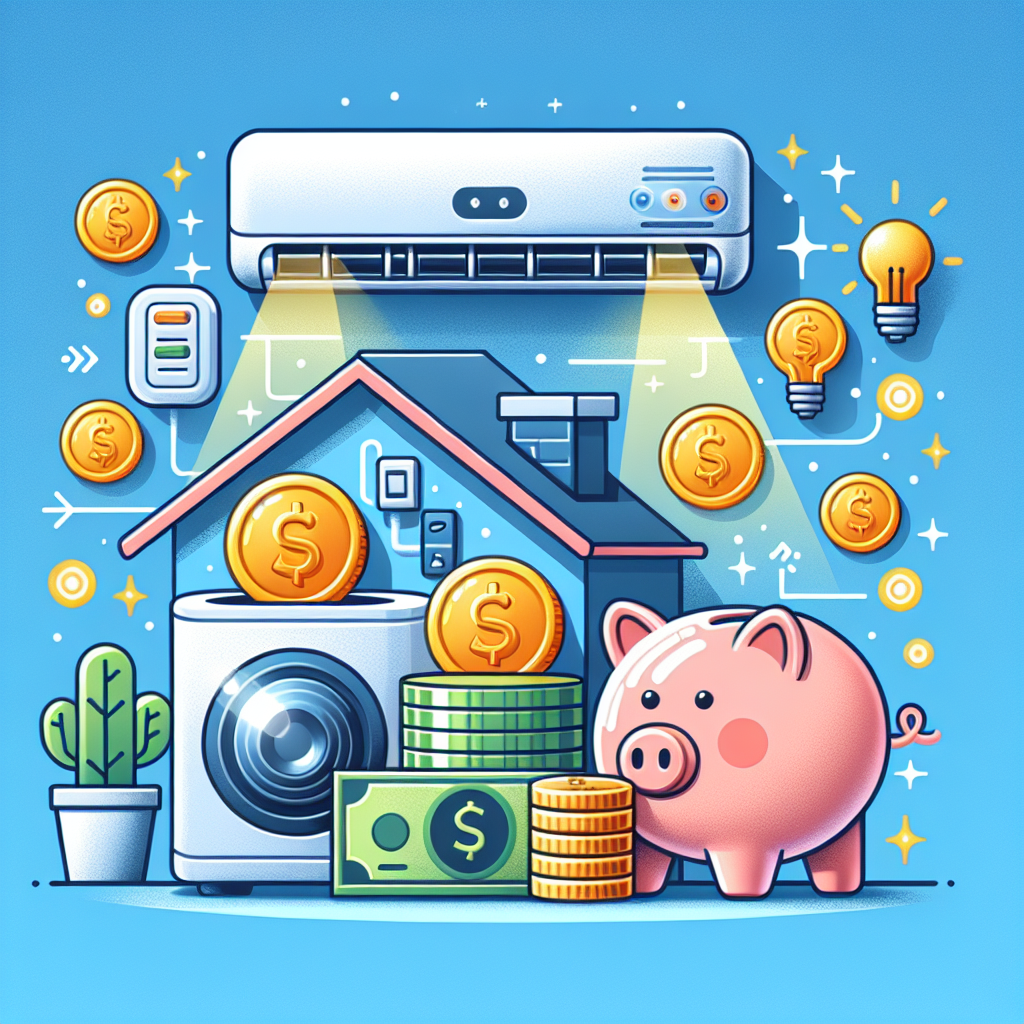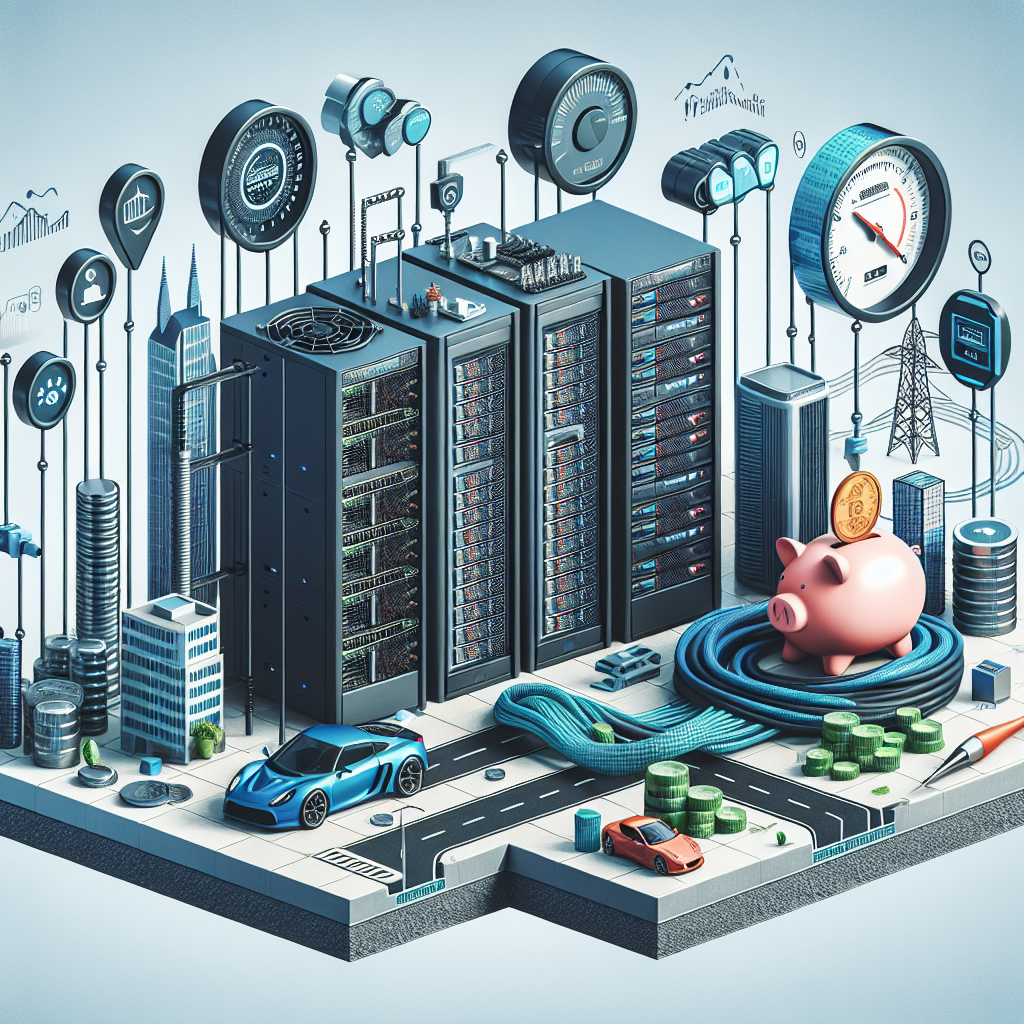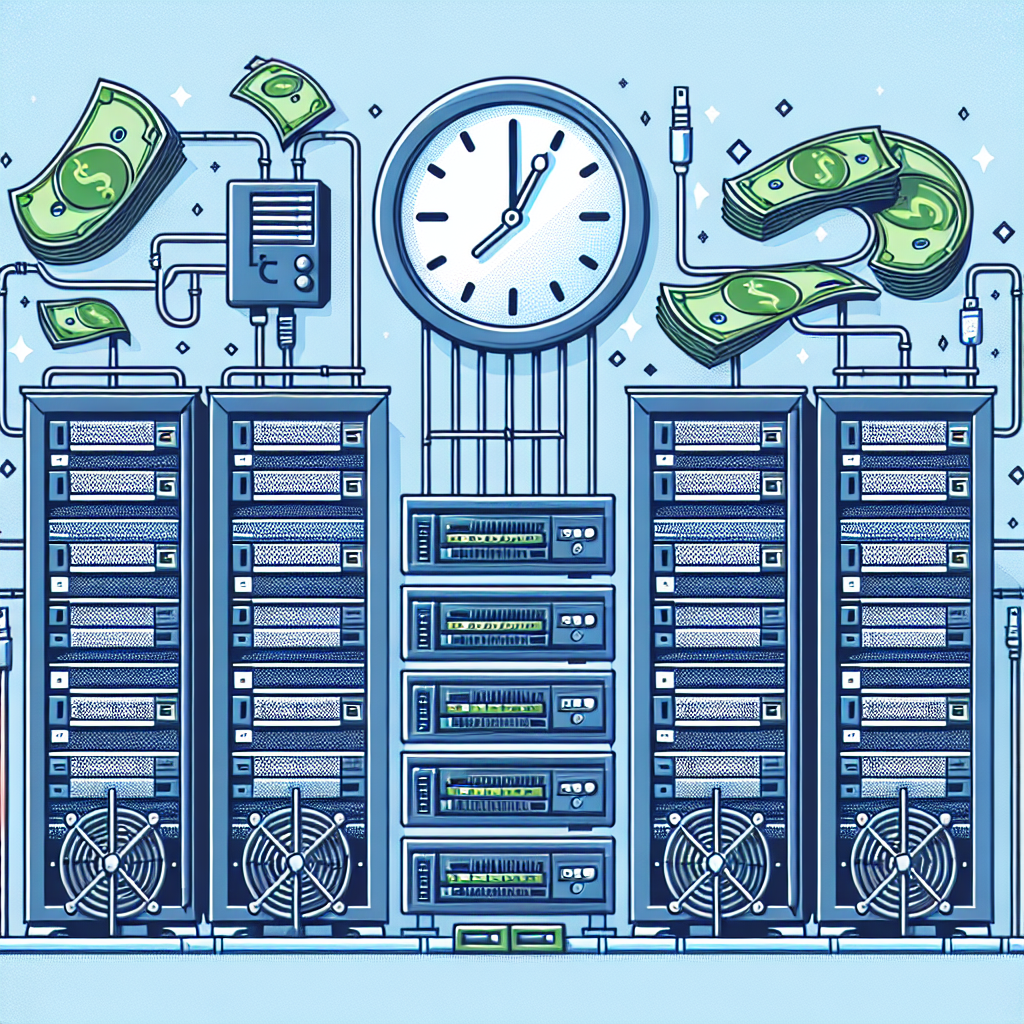Your cart is currently empty!
Tag: Money

How Data Center Preventative Maintenance Can Save Your Business Money
In today’s digital age, data centers are the backbone of many businesses, housing and processing critical information and applications. With the increasing reliance on data centers, it is essential for businesses to prioritize preventative maintenance to ensure the smooth operation of these facilities.Data center preventative maintenance involves regular inspections, testing, and servicing of equipment to prevent potential issues and ensure optimal performance. By implementing a proactive maintenance plan, businesses can avoid costly downtime, reduce the risk of equipment failure, and ultimately save money in the long run.
One of the primary ways that data center preventative maintenance can save businesses money is by minimizing the risk of unplanned downtime. Downtime can be incredibly costly for businesses, leading to lost revenue, decreased productivity, and damage to their reputation. By regularly inspecting and servicing equipment, businesses can identify and address potential issues before they escalate into major problems that result in downtime.
Additionally, preventative maintenance can extend the lifespan of equipment and reduce the need for costly repairs or replacements. Regularly servicing equipment can help identify and address issues early on, preventing them from causing more extensive damage that would require expensive repairs or replacements. By investing in preventative maintenance, businesses can prolong the lifespan of their equipment, ultimately saving money on costly replacements.
Furthermore, preventative maintenance can help improve the energy efficiency of data center equipment. By ensuring that equipment is operating at peak performance, businesses can reduce energy consumption and lower their utility bills. Additionally, regular maintenance can help identify opportunities for equipment upgrades or optimizations that can further improve energy efficiency and reduce operating costs.
In conclusion, data center preventative maintenance is a crucial investment for businesses looking to save money and ensure the reliability of their operations. By implementing a proactive maintenance plan, businesses can minimize the risk of downtime, extend the lifespan of equipment, improve energy efficiency, and ultimately save money in the long run. Prioritizing preventative maintenance can help businesses protect their bottom line and ensure the continued success of their operations.

Tips for Saving Money on Your Air Conditioning Bill
As the summer heat sets in, many of us rely on our air conditioning to keep our homes cool and comfortable. However, running your AC can also lead to a hefty energy bill at the end of the month. Fortunately, there are several tips and tricks you can use to save money on your air conditioning bill while still staying cool.One of the simplest ways to save money on your air conditioning bill is to set your thermostat to a higher temperature when you are not at home. By raising the temperature by just a few degrees while you are away, you can significantly reduce the amount of energy your AC unit uses. You can also invest in a programmable thermostat, which allows you to set specific temperatures for different times of the day, ensuring that your home is always at a comfortable temperature when you are there.
Another way to save money on your air conditioning bill is to ensure that your home is properly insulated. Good insulation helps to keep cool air inside your home and prevent it from escaping, reducing the amount of time your AC unit needs to run. You can also use curtains or blinds to block out the sun during the hottest part of the day, which can help keep your home cooler and reduce the need for air conditioning.
Regular maintenance of your air conditioning unit is also important for saving money on your energy bill. Make sure to clean or replace your air filters regularly, as dirty filters can restrict airflow and cause your AC unit to work harder. You should also have your AC unit serviced by a professional at least once a year to ensure that it is running efficiently.
If you are in the market for a new air conditioning unit, consider investing in an energy-efficient model. Energy-efficient air conditioners use less energy to cool your home, which can lead to significant savings on your energy bill over time. Look for units with a high SEER (Seasonal Energy Efficiency Ratio) rating, which indicates how efficiently the unit uses energy.
Finally, consider using fans to help circulate cool air throughout your home. Ceiling fans can help distribute cool air more effectively, allowing you to set your thermostat higher without sacrificing comfort. You can also use portable fans to create a breeze and make your home feel cooler without having to rely solely on your air conditioning.
By following these tips and making a few simple changes to your routine, you can save money on your air conditioning bill without sacrificing comfort. With a little effort and planning, you can stay cool all summer long while keeping your energy costs in check.

The Cost of Running Your Air Conditioning: Tips for Saving Money
As the temperatures begin to rise, many of us rely on our air conditioning to keep our homes cool and comfortable. However, running your air conditioning can come at a cost. In fact, according to the U.S. Department of Energy, heating and cooling account for nearly half of the average household’s energy expenses. With that in mind, it’s important to find ways to save money while still staying cool during the hot summer months.One of the easiest ways to save money on your air conditioning costs is to properly maintain your unit. This includes changing the air filters regularly, cleaning the coils, and ensuring that the unit is free of debris. A well-maintained air conditioner will run more efficiently, which can help reduce energy consumption and ultimately save you money on your monthly utility bills.
Another tip for saving money on air conditioning costs is to utilize a programmable thermostat. By setting your thermostat to a higher temperature when you are away from home, you can avoid cooling an empty house and save on energy costs. Additionally, setting your thermostat to a higher temperature while you sleep can also help save money on cooling costs.
It’s also important to consider the layout of your home when trying to save money on air conditioning costs. For example, closing blinds or curtains during the hottest parts of the day can help keep your home cooler and reduce the need for your air conditioner to work overtime. Additionally, using fans to circulate air throughout your home can help create a more comfortable environment without relying solely on your air conditioning.
Finally, investing in energy-efficient windows and insulation can also help save money on air conditioning costs in the long run. By reducing the amount of heat that enters your home through windows and walls, you can help keep your home cooler and reduce the workload on your air conditioner.
In conclusion, running your air conditioning can be a costly expense, but there are ways to save money while still staying cool during the hot summer months. By properly maintaining your unit, utilizing a programmable thermostat, considering the layout of your home, and investing in energy-efficient upgrades, you can help reduce your air conditioning costs and keep more money in your pocket.

Cost-Effective Strategies for Data Center Servicing: Saving Money While Maintaining Performance
Data centers play a crucial role in modern businesses, serving as the backbone for storing, processing, and managing large amounts of data. However, maintaining and servicing a data center can be a costly endeavor. From energy consumption to equipment maintenance, the expenses can quickly add up. Fortunately, there are cost-effective strategies that can help businesses save money while still maintaining the performance of their data center.One of the key strategies for saving money on data center servicing is optimizing energy efficiency. Data centers are notorious for their high energy consumption, with cooling and power systems accounting for a significant portion of operating costs. By implementing energy-efficient practices such as using hot aisle/cold aisle containment, upgrading to energy-efficient servers and storage devices, and utilizing virtualization technology, businesses can significantly reduce their energy bills without sacrificing performance.
Regular maintenance and monitoring of data center equipment is another crucial aspect of cost-effective servicing. By identifying and addressing potential issues early on, businesses can prevent costly downtime and avoid expensive repairs. Implementing a proactive maintenance schedule, conducting regular performance assessments, and investing in monitoring tools can help businesses stay ahead of potential problems and ensure the smooth operation of their data center.
Outsourcing certain aspects of data center servicing can also be a cost-effective strategy for businesses. By partnering with a managed service provider or colocation facility, businesses can take advantage of shared resources and expertise, reducing the need for in-house staff and infrastructure. Outsourcing can help businesses save money on equipment, maintenance, and staffing costs, while still ensuring the performance and reliability of their data center.
In addition to optimizing energy efficiency, regular maintenance, and outsourcing, businesses can also save money on data center servicing by implementing smart resource management practices. By consolidating servers, optimizing storage capacity, and implementing automation tools, businesses can make better use of their existing resources and avoid unnecessary expenses. By continuously evaluating and adjusting their data center infrastructure, businesses can ensure that they are getting the most value out of their investments.
In conclusion, data center servicing doesn’t have to break the bank. By implementing cost-effective strategies such as optimizing energy efficiency, regular maintenance, outsourcing, and smart resource management, businesses can save money while still maintaining the performance of their data center. By taking a proactive approach to servicing and continuously evaluating their infrastructure, businesses can ensure that their data center remains efficient, reliable, and cost-effective in the long run.

How Data Center Lifecycle Management Can Save Your Business Time and Money
In today’s digital age, data centers play a crucial role in the operations of businesses of all sizes. These facilities house the servers and networking equipment that store and process data, ensuring that critical information is accessible at all times. However, managing a data center can be a complex and costly endeavor, requiring careful planning and maintenance to ensure optimal performance and reliability.One key aspect of data center management is lifecycle management, which involves overseeing the entire lifespan of the equipment and systems within the facility. By implementing a comprehensive lifecycle management strategy, businesses can save time and money by maximizing the efficiency and longevity of their data center infrastructure.
One way that data center lifecycle management can save businesses time and money is by helping to identify and address potential issues before they become major problems. By regularly assessing the performance and condition of equipment, IT professionals can proactively address issues such as hardware failures, cooling system malfunctions, and power outages, preventing costly downtime and data loss.
Additionally, lifecycle management can help businesses optimize their data center infrastructure to improve efficiency and reduce operational costs. By regularly evaluating the performance of servers and networking equipment, businesses can identify opportunities to consolidate or upgrade hardware, leading to lower energy consumption and reduced maintenance expenses.
Furthermore, a well-planned lifecycle management strategy can help businesses extend the lifespan of their data center equipment, reducing the need for frequent replacements and upgrades. By implementing regular maintenance and monitoring protocols, businesses can ensure that their equipment operates at peak performance for as long as possible, maximizing the return on investment and reducing overall capital expenditures.
In conclusion, data center lifecycle management is a critical component of a successful business strategy, helping to save time and money by optimizing the performance and efficiency of data center infrastructure. By proactively managing the lifespan of equipment and systems within the facility, businesses can prevent costly downtime, reduce operational expenses, and extend the longevity of their data center infrastructure. Investing in a comprehensive lifecycle management strategy is essential for businesses looking to maximize the value of their data center investments and ensure the continued success of their operations.
